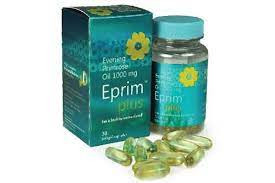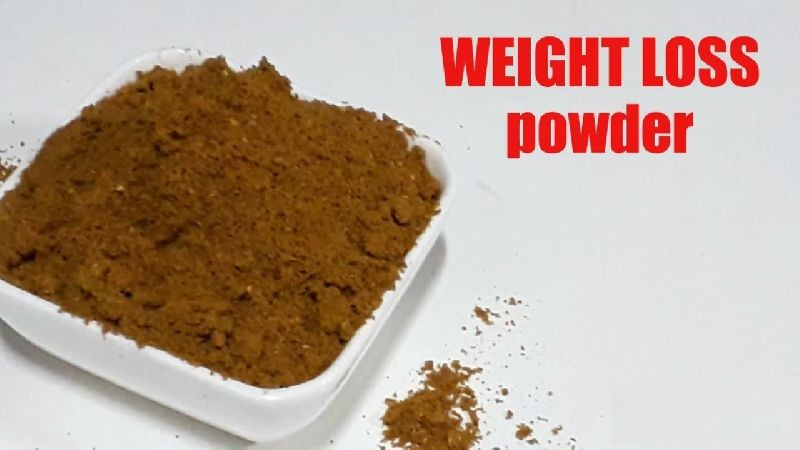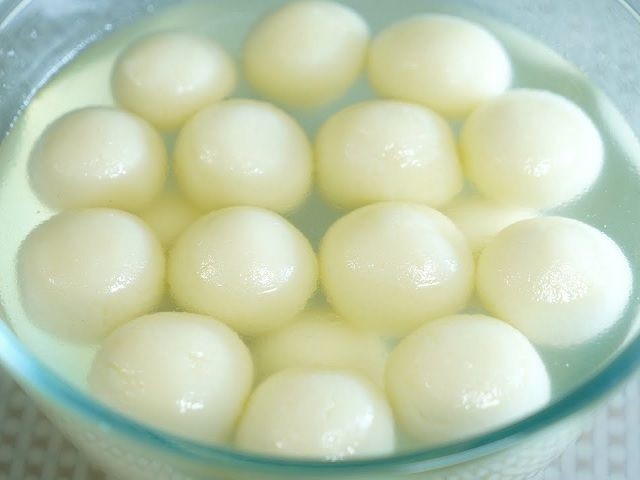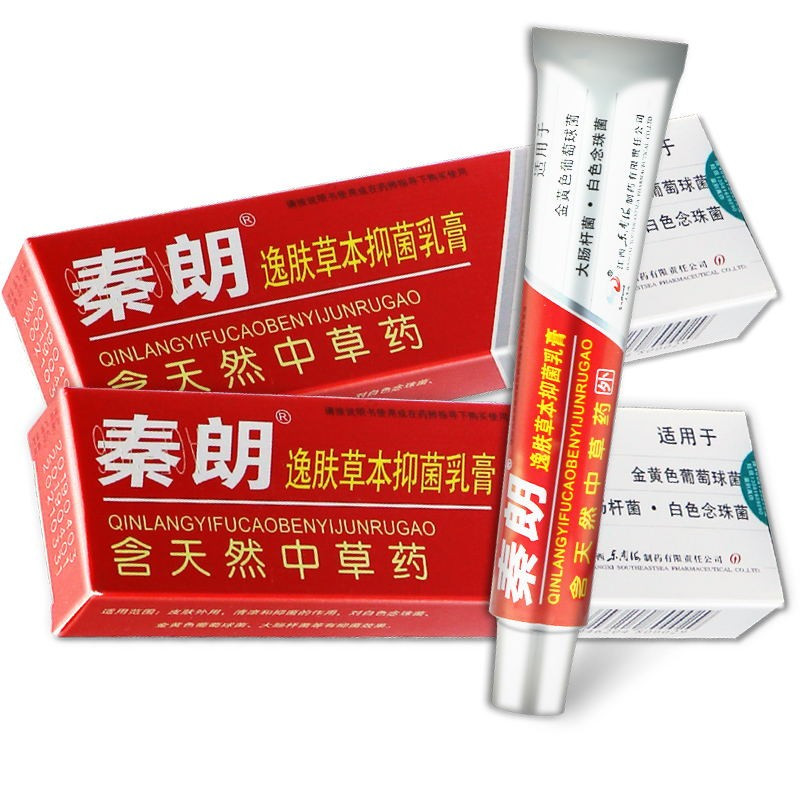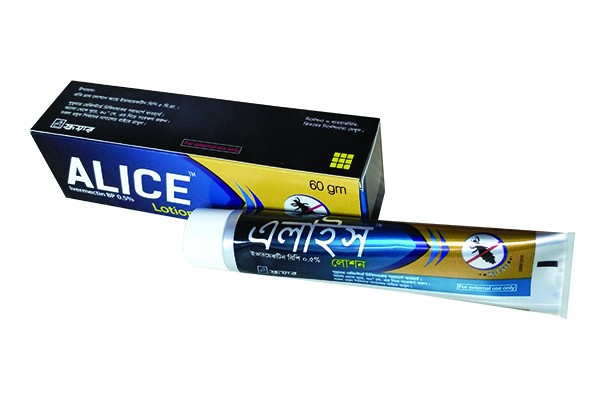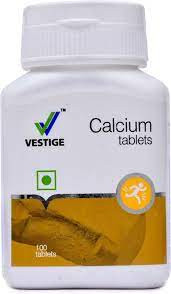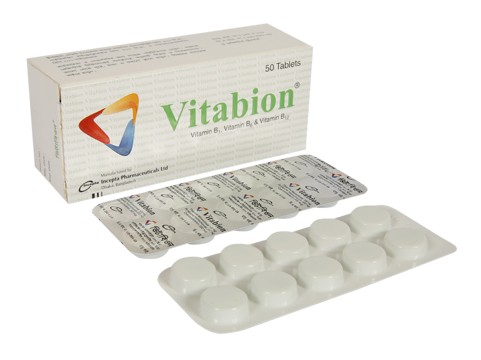Indications
Evening primrose oil is indicated in:
- Premenstrual syndrome symptoms (PMS)
- Cyclical mastalgia
- Lactation
Therapeutic Class
Herbal and Nutraceuticals
Description
Evening Primrose is a plant native to North
America. It was one of the first medicinal plants brought back to Europe
by settlers in the 16th century. Evening primrose oil (EPO) has been
the subject of hundreds of scientific studies, which led to it becoming
one of the most widely used botanical medicines today. EPO is sold in
over 30 countries as a dietary supplement, drug or food. In 2000,
Evening primrose oil ranked 10th of all herbal dietary supplements in
U.S. food, drug and mass-market retail outlets.Clinical studies have
focused on its use in treating problems associated with essential fatty
acid (EFA) deficiency including premenstrual syndrome, atopic eczema,
inflammation and diabetic peripheral neuropathy. EPO is relatively high
in essential fatty acids (EFAs), particularly gamma-linolenic acid (GLA,
7-10%).Evening primrose oil preparations consist of a clear, golden
yellow, fixed oil extracted by cold expression or solvent extraction,
from the seeds of Oenothera biennis L., which first occur during the
second year of plant growth. Evening primrose oil is a biennial herb,
infertile for the first year.
Pharmacology
Improves EFA composition of plasma, erythrocyte,
platelet lipids and α-tocopherol levels in non-diabetic persons and Type
1 diabetic patients; increases total fat and EFA content of mother's
milk; affects fatty acid composition of serum lipids and adipose tissue
in men with low dihomo-gamma-linolenic acid (DGLA) levels; helps
maintain normal cellular structures and is the precursor of DGLA, which
is the parent of the 1-series prostanoids and as a precursor of
arachidonic acid, the parent of the 2-series prostanoids. In vitro:
Cytostatic activity on malignant cell lines; suppresses cancer cell
proliferation of human osteogenic sarcoma cells.Evening primrose oil
(EPO) supplies gamma linolenic acid (GLA). The bioactivity of EPO is due
primarily to its GLA content. By supplying GLA, it bypasses the
rate-limiting step in the metabolism of LA. After ingestion of EPO, GLA
is rapidly absorbed and then converts directly to DGLA and other
prostaglandin precursors. It also acts on the prostanoid pathway.
Dosage & Administration
One or two capsules two to three times daily or as advised by the physician.
Interaction
There are no known drug interactions. Steroids and
nonsteroidal anti-inflammatory drugs may potentially interfere with
essential fatty acid metabolism.
Side Effects
Adverse effects are rare at recommended dosages. Overdose may cause loose stool and abdominal pain.
Pregnancy & Lactation
No known restrictions. Non-teratogenic, based on
animal studies. LA, GLA, and DGLA are important components of human
breast milk, so it is reasonable to assume that evening primrose oil may
be taken while nursing. According to World Health Organization (WHO),
pregnant or lactating women should get 5% of their total daily caloric
intake from EFAs.
Storage Conditions
Keep below 30°C temperature, away from light & moisture. Keep out of the reach of children.
